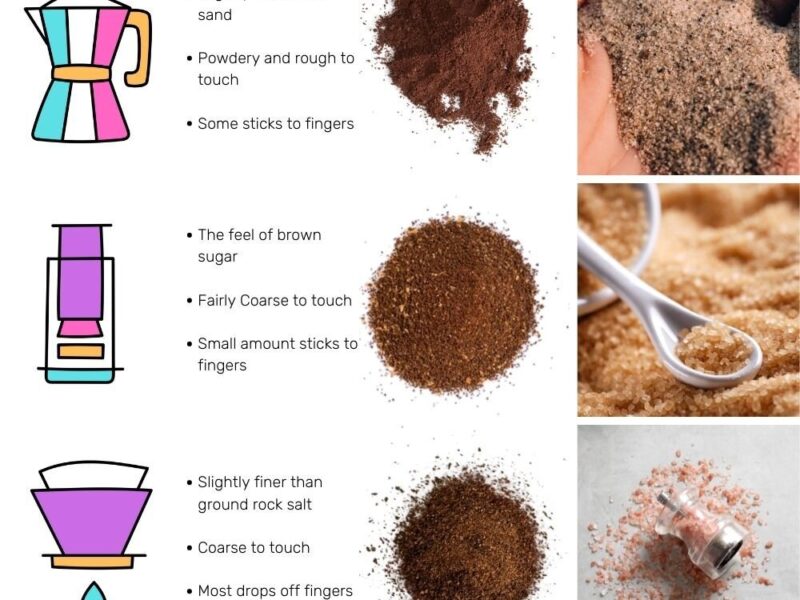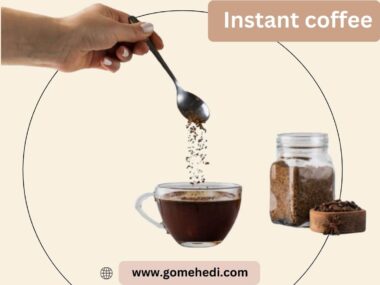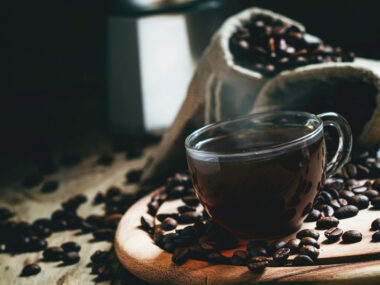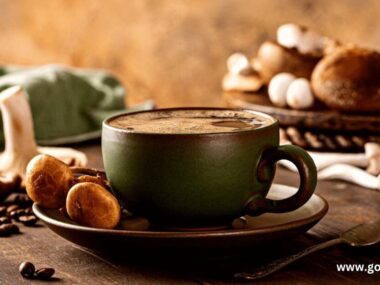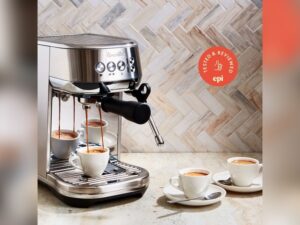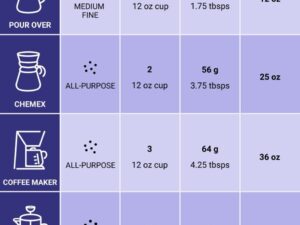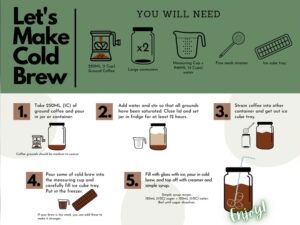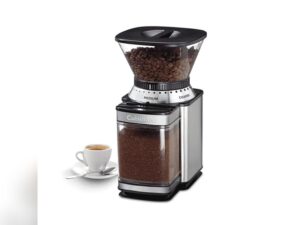If you want to brew the perfect cup of pour over coffee, one key detail can make all the difference: the grind size. Using the right grind will unlock the rich flavors and smooth taste you’re craving.
But what exactly is the best grind for pour over coffee? Getting this wrong can leave your coffee bitter, weak, or just plain disappointing. You’ll discover exactly how to choose the ideal grind that matches your pour over method. By the end, you’ll be ready to enjoy a delicious, balanced cup every single time.
Keep reading to transform your coffee experience!

Credit: 1zpresso.coffee
Pour Over Coffee Basics
Pour over coffee is a simple way to make fresh, tasty coffee at home. It uses a manual method to brew one cup at a time. This process gives you control over every step, making the coffee just how you like it. Understanding the basics helps you get the best flavor from your beans.
The grind size plays a big role in how your coffee tastes. Too fine or too coarse can change the taste a lot. Learning about pour over basics helps you find the best grind for your brew.
What Makes Pour Over Unique
Pour over coffee stands out because it gives you control. You pour hot water slowly over the coffee grounds. This lets the water extract flavors evenly. The process is quiet and peaceful. It lets the natural taste of the beans shine.
The coffee maker uses a paper or metal filter. This filter traps oils and fine particles. The result is a clean, bright cup of coffee. It is different from espresso or drip coffee in taste and texture.
Key Factors Affecting Flavor
Grind size is very important. It controls how fast water flows through coffee. A fine grind means slow flow and strong taste. A coarse grind means fast flow and weak taste.
Water temperature also matters. Too hot water burns the coffee. Too cool water does not extract enough flavor. The ideal temperature is just below boiling.
Pouring technique impacts flavor too. Pour slowly in circles. This helps all grounds get wet evenly. It makes sure the coffee brews right.

Credit: grosche.ca
Grind Size And Its Impact
Grind size plays a big role in making the best pour over coffee. It changes how water flows through the coffee grounds. This affects taste and strength. Choosing the right grind size helps get a balanced cup every time.
How Grind Size Affects Extraction
Extraction means how much flavor water takes from coffee grounds. Small grind size means more surface area for water. This makes extraction faster and stronger. Large grind size has less surface area, so extraction is slower and lighter. Too fine or too coarse grinds can cause over-extraction or under-extraction. This leads to bitter or weak coffee.
Coarse Vs Medium Vs Fine Grinds
Coarse grinds look like sea salt. They let water flow fast. Use coarse grinds for slow brewing methods like cold brew. Medium grinds feel like sand. Water flows at a good speed. Medium is best for pour over coffee. Fine grinds feel like table salt. Water flows slowly. Fine grinds suit espresso and strong brews.
Ideal Grind Size For Pour Over
Choosing the right grind size is key for great pour over coffee. The grind affects how water flows through the coffee grounds. It also changes the taste and strength of the coffee.
The ideal grind size for pour over is medium. It looks like sand and is not too fine or too coarse. This size helps water extract flavors evenly.
Finding The Perfect Medium Grind
Medium grind allows water to flow just right. Too fine, and the water moves slowly. This can cause bitterness. Too coarse, and water flows too fast. The coffee may taste weak or sour.
Use a burr grinder for consistent medium grind. Blade grinders create uneven pieces. This makes brewing less predictable.
Adjusting Grind Based On Coffee Type
Different coffee beans need slight grind changes. Dark roasts work well with a slightly coarser grind. Light roasts may need a bit finer grind.
Try small adjustments to find the best taste. Taste your coffee after each change. This helps find the best balance for your beans.
Choosing The Right Grinder
Choosing the right grinder is key for great pour over coffee. The grinder controls the size and consistency of coffee grounds. These factors affect the flavor and strength of your brew. A good grinder helps you enjoy fresh, tasty coffee every time.
Blade Vs Burr Grinders
Blade grinders use a spinning blade to cut beans. They are cheaper but less precise. The grind size can be uneven. This makes extraction uneven, causing bitter or weak coffee.
Burr grinders crush beans between two surfaces. They provide a consistent grind size. Burr grinders come in two types: flat and conical. Both give better control over the grind size. This results in smoother, balanced coffee flavors.
Benefits Of Consistent Grind Size
Consistent grind size helps water flow evenly through coffee grounds. This ensures all coffee extracts at the same rate. The result is a balanced flavor without bitterness or sourness. It also improves coffee clarity and body.
With consistent grounds, you can adjust brew time and water temperature more easily. This gives you control to make coffee just how you like it. A good grinder is a smart investment for pour over lovers.
Tips For Grinding At Home
Grinding coffee at home for pour over brewing needs care and attention. The right grind size affects taste and extraction. Small changes in grind size can change your coffee’s flavor a lot. Follow simple tips to get the best results from your grinder.
Measuring Grind Size Accurately
Use a burr grinder for consistent grind size. Burr grinders crush beans evenly, unlike blade grinders. Set your grinder to a medium-fine setting for pour over. Medium-fine looks like sand, not powder or coarse pieces.
Check your grind size by feeling it between fingers. It should be smooth but have some texture. Use a small scale to weigh your coffee beans before grinding. Accurate weight helps keep your coffee taste steady each time.
Avoiding Common Grinding Mistakes
Don’t grind coffee too far in advance. Freshly ground coffee tastes best. Grind just before brewing to keep aroma and flavor. Avoid using a blade grinder for pour over. It creates uneven grounds and bitter coffee.
Don’t grind too coarse or too fine. Coarse grounds make weak coffee. Fine grounds can cause over-extraction and bitterness. Clean your grinder regularly to avoid old coffee oils affecting taste. Always store beans in a cool, dark place before grinding.
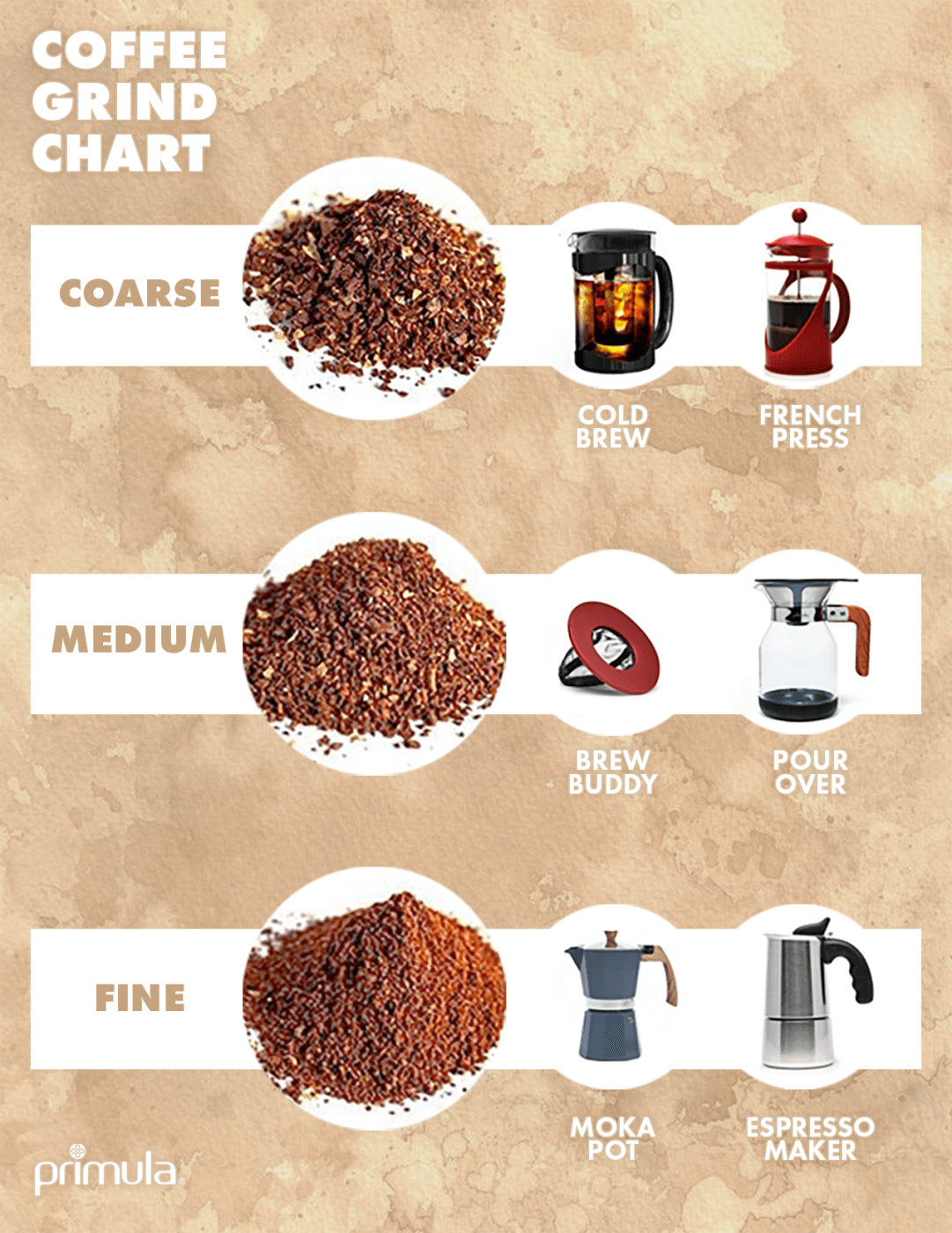
Credit: primulaproducts.com
Experimenting With Grind Size
Experimenting with grind size is key to making great pour over coffee. The grind affects how water flows through the coffee grounds. It changes the taste, strength, and clarity of your brew. Small changes in grind size can make a big difference.
Try different grind sizes from coarse to fine. Watch how the coffee tastes each time. Adjust the grind based on what you like best. Finding the right grind is a simple way to improve your coffee.
How To Taste And Adjust
Start by tasting your coffee carefully. Notice if it tastes too bitter, sour, or weak. Bitter means over-extracted; sour means under-extracted. A balanced taste feels smooth and rich.
If the coffee tastes bitter, try a coarser grind. If it tastes sour or weak, try a finer grind. Make small changes each time. Taste after each change to find the best grind.
Troubleshooting Over And Under Extraction
Over extraction happens when the grind is too fine. The water takes too long to pass through. This pulls too many bitter flavors from the coffee.
Under extraction happens when the grind is too coarse. Water passes too quickly and does not pull enough flavor. The coffee tastes sour or thin.
Adjust your grind size to fix these problems. Coarser grind for bitterness, finer grind for sourness. Keep testing until you get a smooth, balanced cup.
Frequently Asked Questions
What Grind Size Is Best For Pour Over Coffee?
Medium to medium-coarse grind is best for pour over coffee. It allows optimal water flow and flavor extraction. Too fine leads to over-extraction, too coarse causes under-extraction.
How Does Grind Size Affect Pour Over Taste?
Grind size controls extraction rate. Finer grinds produce stronger, bitter flavors. Coarser grinds yield lighter, sour notes. Medium grind balances taste and clarity perfectly.
Can I Use Pre-ground Coffee For Pour Over?
Pre-ground coffee can be used but may lose freshness quickly. Grinding fresh ensures better aroma and taste in pour over brewing.
Why Is Medium-coarse Grind Preferred For Pour Over?
Medium-coarse grind allows water to flow evenly and extracts balanced flavors. It prevents clogging and bitterness, enhancing the pour over coffee experience.
Conclusion
Choosing the right grind size makes a big difference in pour over coffee. A medium to medium-fine grind usually works best. It helps water flow just right and brings out good flavors. Too coarse or too fine can change the taste and brewing time.
Experiment a little to find what you like most. Enjoy the process and your fresh, tasty cup of coffee every time. Simple steps lead to better coffee. Give it a try today!
